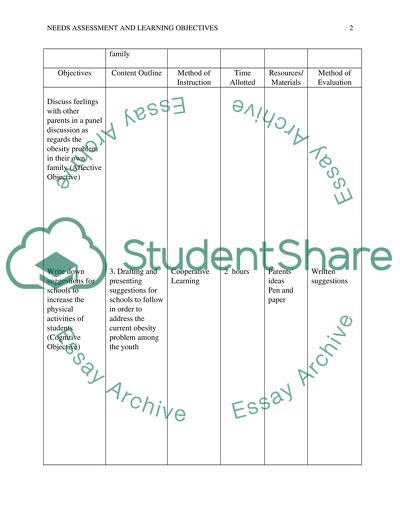Cite this document
(“Lesson Planning: Needs Assessment Learning Objectives Essay”, n.d.)
Retrieved from https://studentshare.org/nursing/1444325-lesson-planning-needs-assessment-learning
Retrieved from https://studentshare.org/nursing/1444325-lesson-planning-needs-assessment-learning
(Lesson Planning: Needs Assessment Learning Objectives Essay)
https://studentshare.org/nursing/1444325-lesson-planning-needs-assessment-learning.
https://studentshare.org/nursing/1444325-lesson-planning-needs-assessment-learning.
“Lesson Planning: Needs Assessment Learning Objectives Essay”, n.d. https://studentshare.org/nursing/1444325-lesson-planning-needs-assessment-learning.


